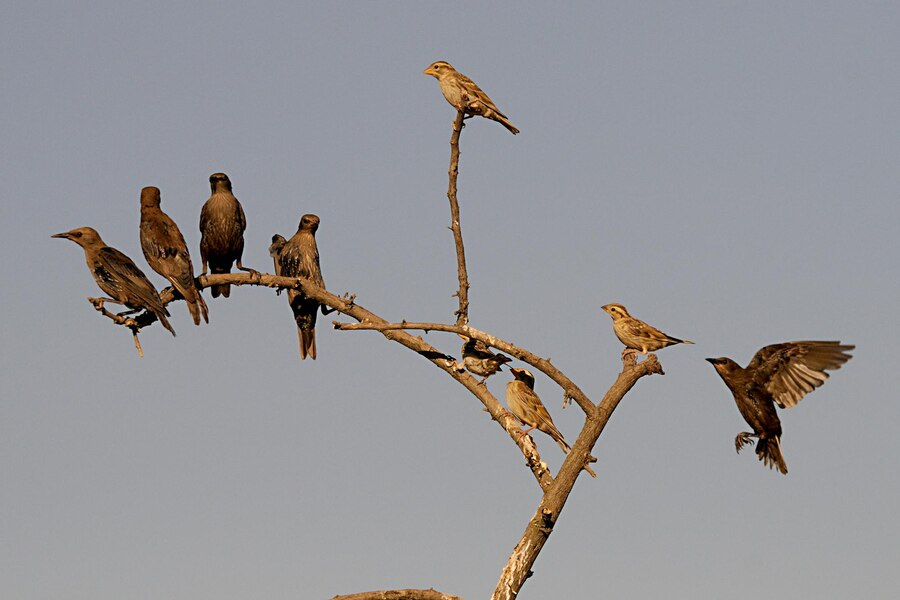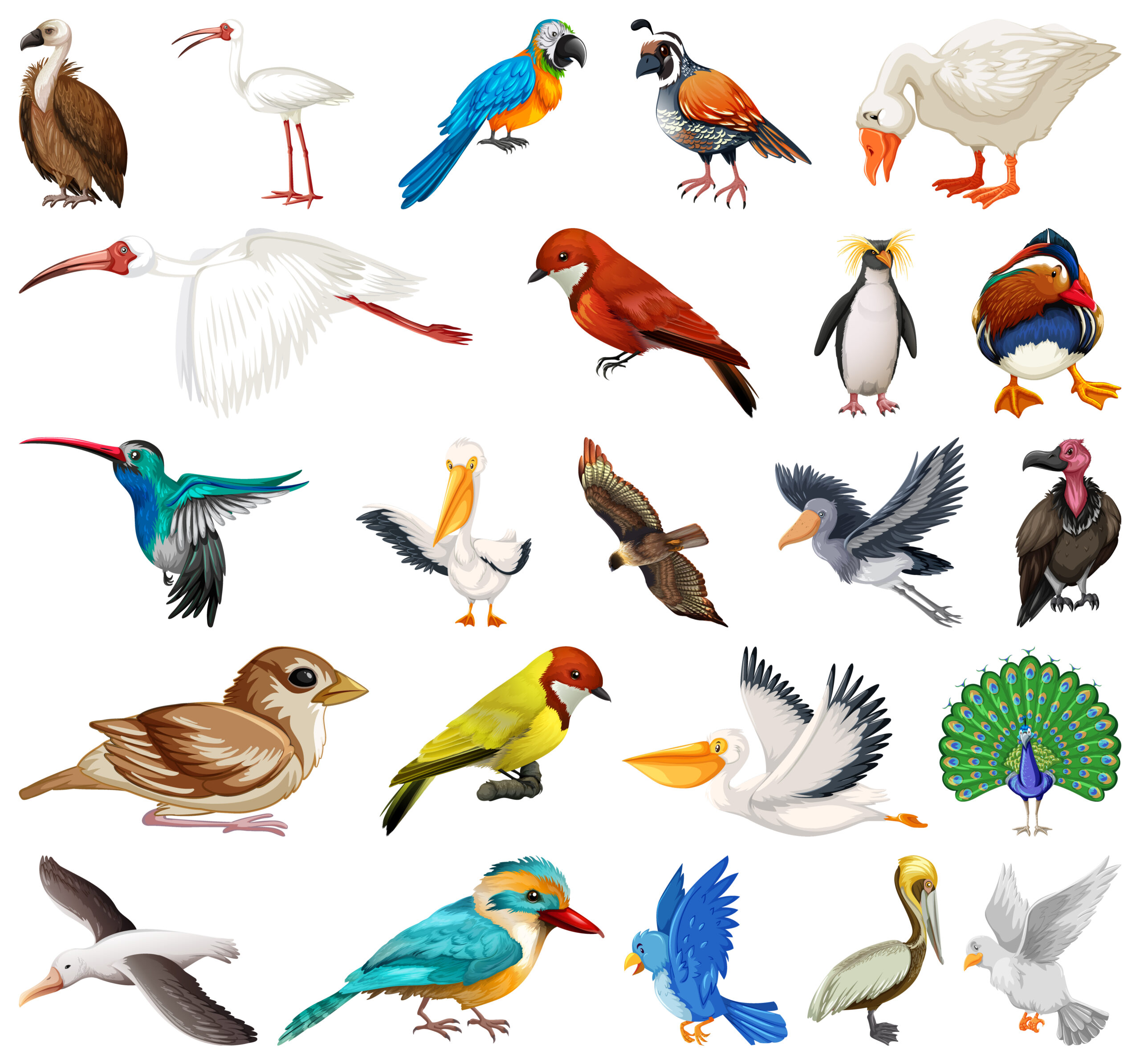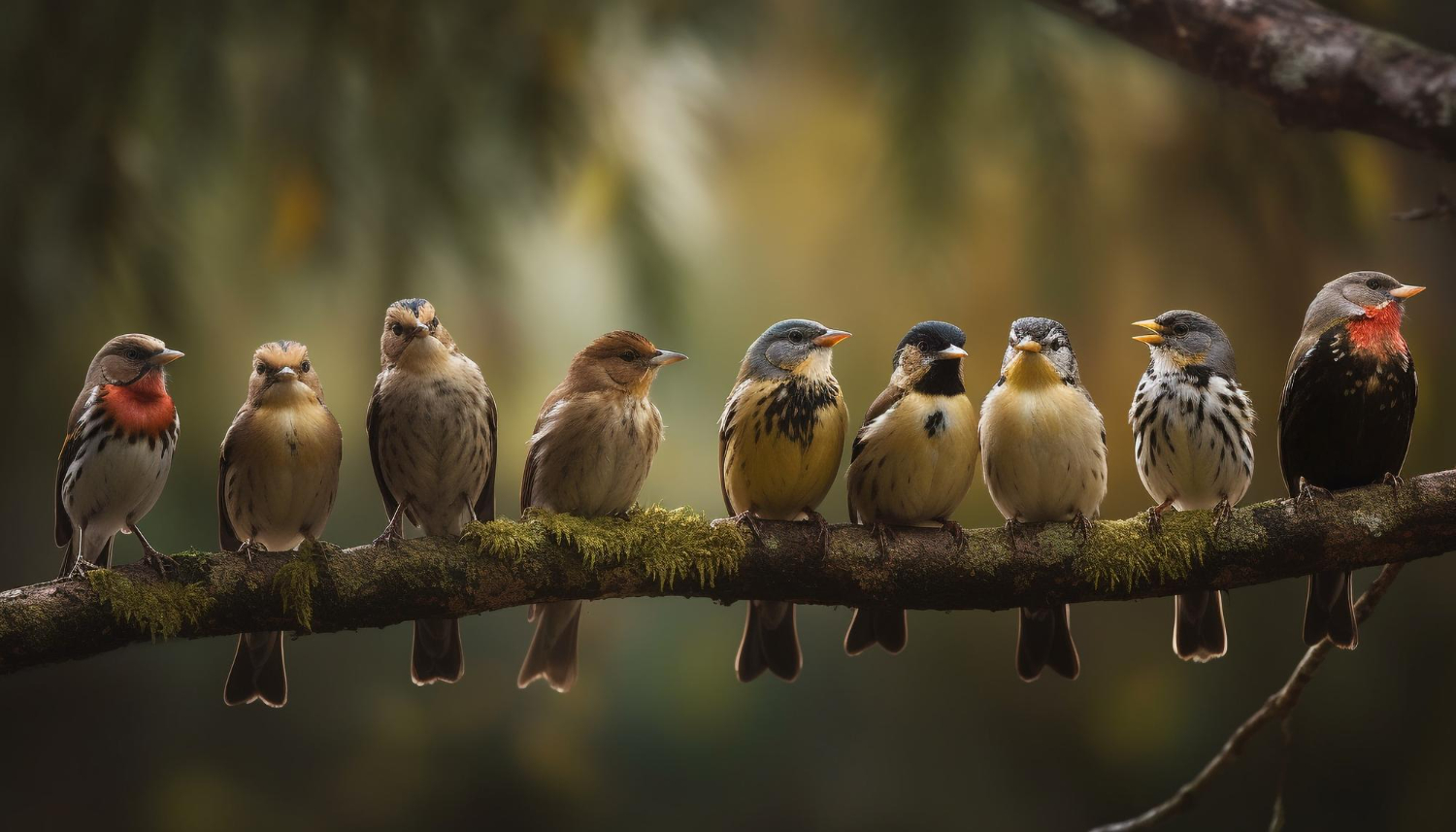Wild birds are a fascinating part of our natural world. In 2025, as urban areas expand and climate changes impact ecosystems, it is more important than ever to help wild birds thrive. By creating welcoming spaces and understanding their needs, we can play a big role in supporting local species. Here are some simple and effective tips to attract and support wild birds in your area.
1. Why Wild Birds Matter
Wild birds are not just beautiful to look at; they are also vital to the environment. They help control pests, spread seeds, and even pollinate plants. When we care for wild birds, we contribute to a balanced ecosystem that benefits everyone. Whether you live in the city or countryside, you can enjoy the cheerful songs and vibrant colors of wild birds while helping nature thrive.
2. Set Up a Bird-Friendly Yard
Creating a bird-friendly yard is one of the easiest ways to attract wild birds. Start by providing food, water, and shelter. Install a bird feeder filled with seeds or nuts. Different types of wild birds prefer different foods, so try a mix to see what works best in your area. A clean birdbath is also essential for keeping wild birds hydrated and clean.
To provide shelter, plant native trees and shrubs. Wild birds need safe places to rest and nest, and native plants offer the best protection. They also attract insects, which many wild birds eat.
3. Choose the Right Bird Feeders
Not all bird feeders are created equal. In 2025, you can find many types of feeders designed to attract specific wild birds. Tube feeders are great for small birds like finches, while platform feeders work well for larger birds like doves. Suet feeders are perfect for woodpeckers and other insect-loving wild birds.
Place your feeders in a safe spot, away from predators like cats. Keep them clean to prevent the spread of disease among wild birds. Regular cleaning is an easy step that makes a big difference.
4. Plant for Wild Birds
Native plants are a magnet for wild birds. Flowers that produce seeds, bushes with berries, and trees with nuts are excellent choices. Native plants also attract insects, which are a key food source for many wild birds.
Consider planting a mix of plants that bloom or produce food at different times of the year. This way, wild birds have something to eat no matter the season. Adding layers of plants—short, medium, and tall—creates a more natural environment that wild birds love.
5. Provide Water Sources
Water is just as important as food for wild birds. While birdbaths are a common choice, you can also install a small fountain or pond to attract a wider variety of species. Moving water is especially appealing to wild birds, as it stays fresh and catches their attention.
In winter, consider using a heated birdbath to ensure wild birds have access to water even when temperatures drop. Clean the water source regularly to keep it safe for the birds.
6. Offer Nesting Materials
Wild birds need nesting materials to build their homes. You can help by leaving out natural items like twigs, dry grass, and leaves. In 2025, many people are also using bird-friendly materials like coconut fiber or untreated wool.
Avoid offering synthetic materials or anything that could harm the birds. Hanging a bundle of safe materials near your feeders or trees can encourage wild bird to nest nearby.
7. Avoid Pesticides and Chemicals
Pesticides and chemicals can be harmful to wild bird. In 2025, more people are turning to natural pest control methods to keep their yards bird-friendly. Use compost instead of chemical fertilizers and opt for natural ways to handle pests, like introducing ladybugs or planting pest-repelling flowers.
By creating a safe and chemical-free environment, you give wild bird a better chance to thrive.
8. Create Birdhouses
Birdhouses are a wonderful way to support wild bird, especially in urban areas where natural nesting sites are limited. Different wild bird prefer different types of houses, so research the species in your area to choose the right design.
Place the birdhouses in quiet, shaded spots to keep them cool and safe from predators. Clean them out after the breeding season to prepare them for new visitors.
9. Be Patient and Observant
Attracting wild bird takes time and patience. Keep an eye on which species visit your yard and note their habits. Some wild bird are shy, while others are more social. By observing them, you can adjust your setup to make it more inviting.
Over time, you’ll notice more wild bird visiting your space. Their presence is not just rewarding but also a sign that your efforts are making a difference.
10. Get Involved in Bird Conservation
Supporting wild bird doesn’t have to stop in your own backyard. Join local conservation groups or participate in birdwatching events to learn more about wild bird in your area. Many organizations in 2025 focus on protecting wild bird habitats and raising awareness about their importance.
Volunteering or donating to these groups can amplify your efforts and help wild bird on a larger scale.
11. Teach Others About Wild Birds
Sharing your knowledge and enthusiasm for wild bird can inspire others to get involved. Talk to your friends and family about how they can attract and support wild bird in their own yards. You can also use social media to share photos, tips, and success stories.
The more people work to support wild bird, the better it is for our environment. A community effort can have a lasting impact.
12. Monitor Changes in Wild Bird Populations
Climate change and urban growth are affecting wild bird in many ways. In 2025, it’s crucial to keep an eye on local species and how they’re adapting. Citizen science projects, like bird counts or online tracking platforms, are great ways to contribute valuable data.
By understanding the challenges wild bird face, we can take better steps to protect them. Your observations can make a real difference in scientific research.
13. Keep Cats Indoors
Cats are natural predators of wild bird. Keeping your cat indoors or creating a secure outdoor enclosure can protect wild bird in your area. If you can’t keep your cat indoors, consider adding a bell to its collar to warn wild bird.
This simple step can save many wild bird and allow them to safely visit your yard.
14. Enjoy the Beauty of Wild Birds
Wild bird bring joy and beauty to our lives. Take the time to watch them, listen to their songs, and appreciate their unique behaviors. Birdwatching can be a relaxing and educational hobby that connects you to nature.
By supporting wild birds, you not only help them thrive but also enrich your own life.
Conclusion
In 2025, wild birds face new challenges, but we can take meaningful steps to support them. By creating bird-friendly spaces, avoiding harmful chemicals, and staying informed about conservation efforts, we can make a big difference. Wild birds are an essential part of our environment, and our efforts to attract and support them help create a healthier, more vibrant world for all.
Start small and see the impact of your actions. With a little effort, you’ll be rewarded with the delightful presence of wild birds in your life.



